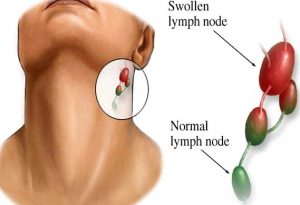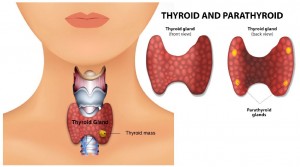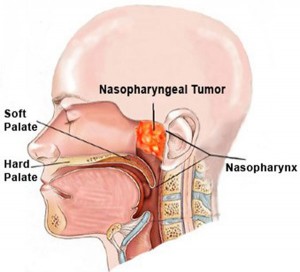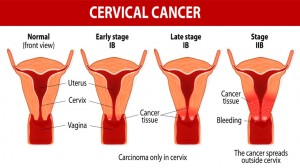Cancer in Children
Definition of Child Cancer
Any uncontrolled growth or abnormal cell reproduction results in a tumor. Not all tumors are cancerous. Therefore, tumors can be benign (non-cancerous) or malignant (cancerous). Benign lesions do not spread to distant areas (metastasis) but can cause problems by spreading to nearby areas or disturbing functionality. Cancer can spread to nearby areas as well as remote areas. It can occur in any organ or tissue in the body and is named after the type of organ from which it arises. Generally, cancer is divided into cancer that arises from solid organs such as liver, kidney or cancer that arise from blood and lymphoid tissue or leukemia / lymphoma.
Type of Cancer in Children
Common types of cancer in children in Malaysia:
I. Leukemia – White blood cell cancer
II. Lymphoma – Lymphoid tissue cancer
III. Brain Tumors – Brain Cancer
Other types of cancer in children:
I. Osteosarcoma – Bone cancer.
II. Neuroblastoma – Sympathetic nervous system cancer.
III. Wilms’ Tumors – Kidney cancer.
IV. Hepatoblastoma – Type of liver cancer seen in children
Cancer Risk Factors in Children
Unlike adults, the majority of cases of childhood cancer are unknown to the cause. Therefore, preventive strategies become difficult But it’s not too early to cultivate good habits and healthy lifestyles among children. In some cases there are certain factors that increase the chances of children getting cancer => risk factors. These include:
I. Genetics – Exceptional chromosomes are examples of down syndrome or diseases rarely inherited
II. Lack of disease resistance either by default or acquired (eg: AIDS)
III. Infections like Hepatitis B in liver cancer or Ebstein Barr Virus in Burkitt’s lymphoma, Hodgkin’s and nasopharyngeal carcinoma (NPC)
IV. Parents age
V. Exposed to ionizing radiation
VI. A child who has been diagnosed with cancer and has been treated with chemotherapy and / or radiotherapy has the risk of getting other cancers. This is known as the second malignant neoplasm.
There is no final proof of:
I. Exposure to non-ionizing radiation
II. Parents occupation
III. Parents who smoke
Signs of cancer such as fever, pale or bruising can also occur in non-cancerous common diseases such as dengue fever or other infections. Therefore, doctors rarely state it as cancer when these symptoms begin to appear.
Cancer Symptoms in Children
- Difficult to be identified.
- Indicates clinical symptoms in the initial phase.
- Can mimic childhood illnesses like infections.
Symptoms and signs are visible:
1) Excess swelling, lump or massive swelling
2) Pale is unknown to its cause / peculiarity
3) Tends to experience bleeding spontaneously or bruised
4) Prolonged fever is unknown to the cause
5) Change of vision or eyes
6) Losing weight is unknown to the cause
7) Often headache together with vomiting at night or early morning
8) Swelling or persistent pain in the bones, joints
9) Repeated infection
10) The white color behind the eyes



